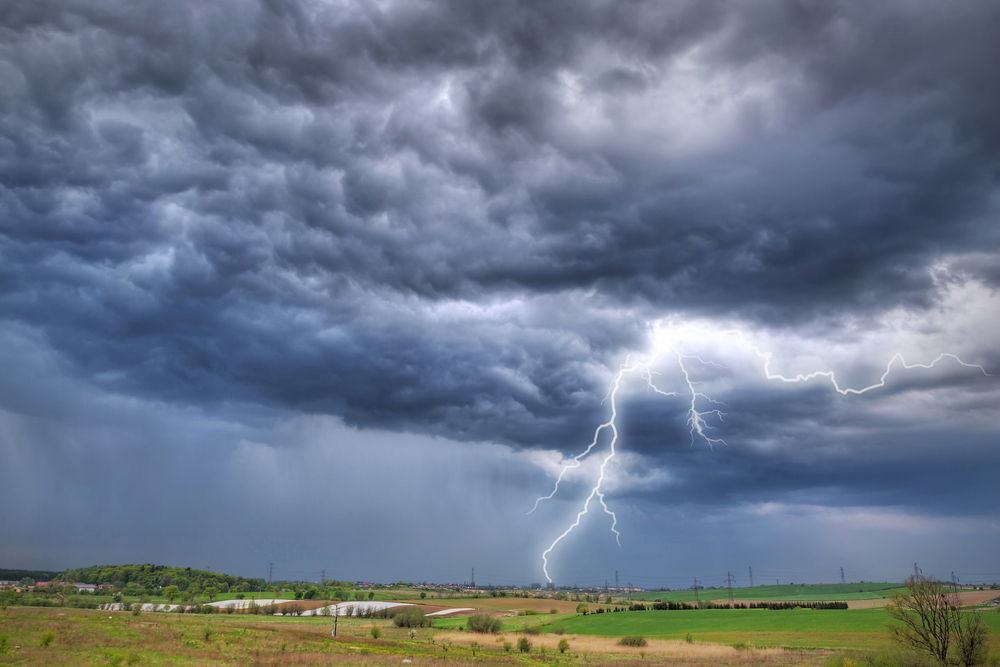We’re in the later part of Spring, and for us Marylanders, that means that storm season is starting to ramp up! If you’ve lived in this state for a few years, you already know that our summer thunderstorms can strike with virtually no warning. As such, we need to be prepared to keep ourselves safe in the event that a storm catches us by surprise. Here are a few tips for staying safe outdoors when thunder and lightning rear their ugly head.
Seek Shelter
Naturally, your goal should be to find the nearest shelter if thunder and lightning start getting serious. To decipher whether the storm is serious enough, you can use the 30-30 rule. Simply start counting to 30 after you see lightning strike. If thunder strikes as you are counting, you should start your search for shelter. Picnic tents and pavilions do not provide full protection from lightning, so you’ll want to try to find a structure with windows and doors to shelter in for at least 30 minutes after the storm passes.
Of course, there won’t always be a safe shelter readily available to use when a storm arrives. In that case, these tips will maximize your chances of weathering the storm without it.
Seek Low Ground
Lightning naturally seeks high ground, meaning we need to avoid areas like hilltops and roofs when a storm is brewing. If a serious storm is occurring and you are unable to locate shelter of any kind, waiting in the lowest, least exposed location will be your safest option. You can simply crouch, as fully laying down increases your contact with the ground and boosts the risk of potentially deadly shocks from electric currents traveling along the ground.
What if You Are on The Water with Thunder and Lighning?
The greatest risks for lightning related injuries and deaths occur near the water, meaning we need to be extra cautious when swimming and boating in adverse conditions. If you suspect a storm may be brewing while on the water, the safest place to wait it out will be the cabin of the boat. If you are unable to navigate back to shore before the storm arrives, the safest choice is to drop your anchor, stay as low to the ground as possible and wait it out. If you are swimming
when a storm begins, be sure to return to the shore and stay in a safe shelter (even your car, if necessary) until 30 minutes after the final lightning strike. If you have the choice between your car and a pavilion, we recommend choosing the car every time for maximum safety and shelter.
Keep Safe this Summer with Training from Heart to Beat
Heart to Beat offers comprehensive safety programs to protect you and your employees from the risks and emergencies in both your professional and personal lives. If you’re interested in discovering our team can help you, contact us today at info@hearttobeatllc.com!











